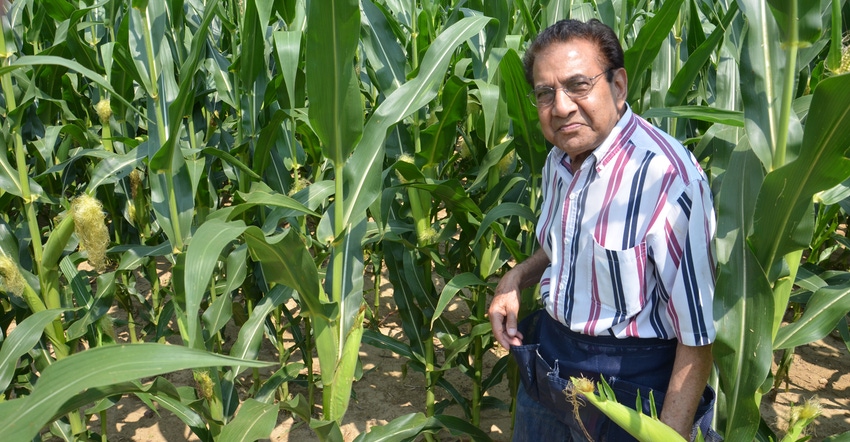July 24, 2019

If you don’t like attending field days, this is the year you might want to reconsider. You can look at new hybrids displayed by seed companies. You also can visit with the other farmers and learn about their crop condition in this tough season.
Every year seed, companies showcase their best and newest varieties in demonstration plots. They also bring their agronomists to these events to talk not only about their products, but also about diseases, insects and how to protect your crops. There are very few products we use where we get a preview of what’s coming down the pike in our own environments before buying the input for the following year.
However, some farmers are reluctant to visit these plots because they think they’ll be pressured to buy seed from the respective companies. Various companies approach this differently today. Late-season field days have become a key sales time for some companies, with special discounts and incentives available. Many customers of these companies have become accustomed to placing orders during these events,
In my opinion, it’s a great opportunity to get to know the seed sales reps and agronomists and ask questions. After working as a plant breeder and agronomist for more than 50 years, I may be biased, but I am looking at the field days from a farmer’s point of view. It’s also a good chance for you to give feedback to seed company reps.
Seed companies plant hybrid and variety demos that include current products along with newer products that will be available next year. You can compare them in the same plots side by side.
What to compare
Make these comparisons between existing corn hybrids and new entries:
Compare plant and ear height. Check out if they’re too short or too tall for your operation and how they compare with what you’re currently growing.
Determine leaf type. Are leaves upright or floppy and more conventional? Would they be suitable for narrow rows or high plant density? These plots are usually for display. Feel free to check stalks and brace roots. Push or pinch the stalks to see if they lean or break.
Check out disease and insect tolerance. Ask the agronomist about foliar fungicides and when they may be used effectively. Northern corn leaf blight and gray leaf spot have been rampant during the last few years; their inoculums were already planted in the debris, and they didn’t wait for rains to stop to take hold.
Ask about a variety of diseases. Tolerance to various diseases is going to be very important, especially if foliar fungicides weren’t used this year. What are economic thresholds for using fungicides or insecticides this year? Check out tolerance to tar spot or rusts if those are present in your area.
Do your own yield estimates. Peel back husks and count the number of kernel rows and kernels per row to estimate yield potential based on plant population.
Take time to visit. Field days are great for getting together with neighbors to discuss what’s working for them. Most field days have good food available, too. They’re a great place to relax, ask questions and exchange ideas.
Nanda is director of genetics for Seed Genetics-Direct, Jeffersonville, Ohio. Email him at [email protected] or call 317-910-9876.
About the Author(s)
You May Also Like






